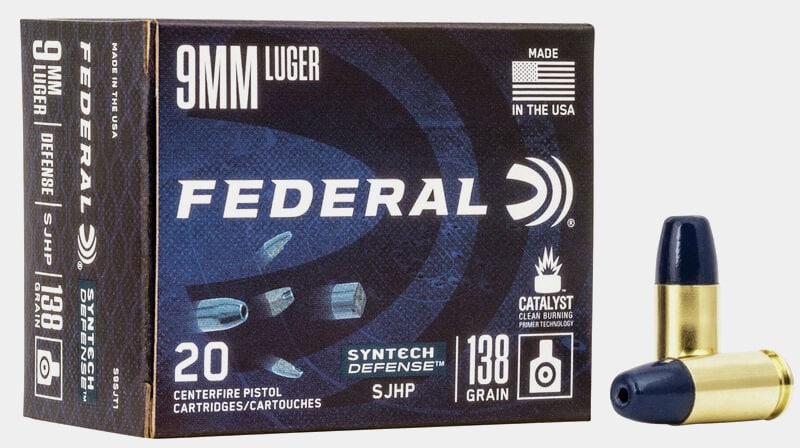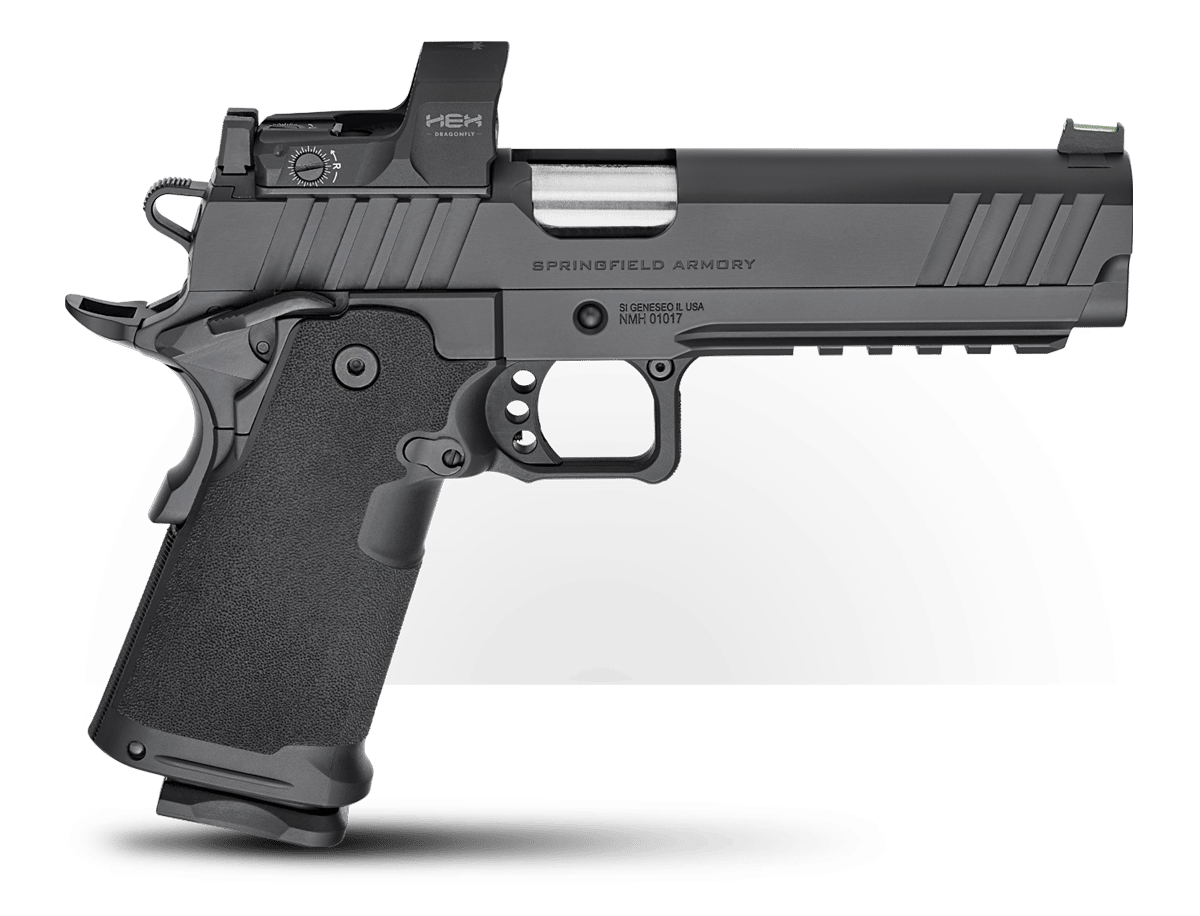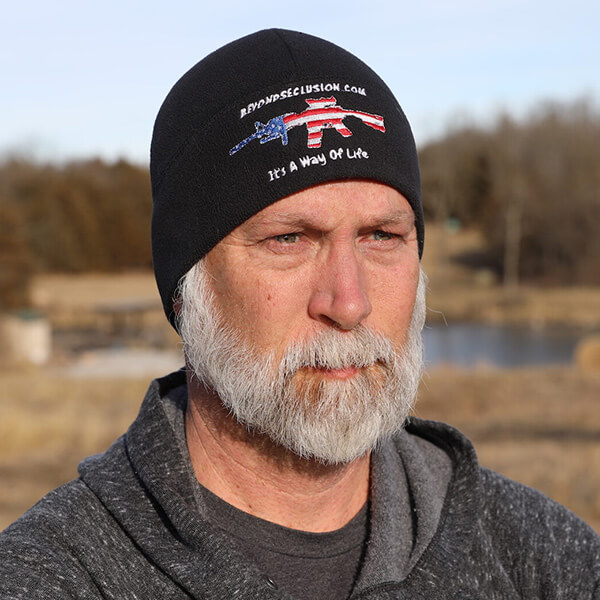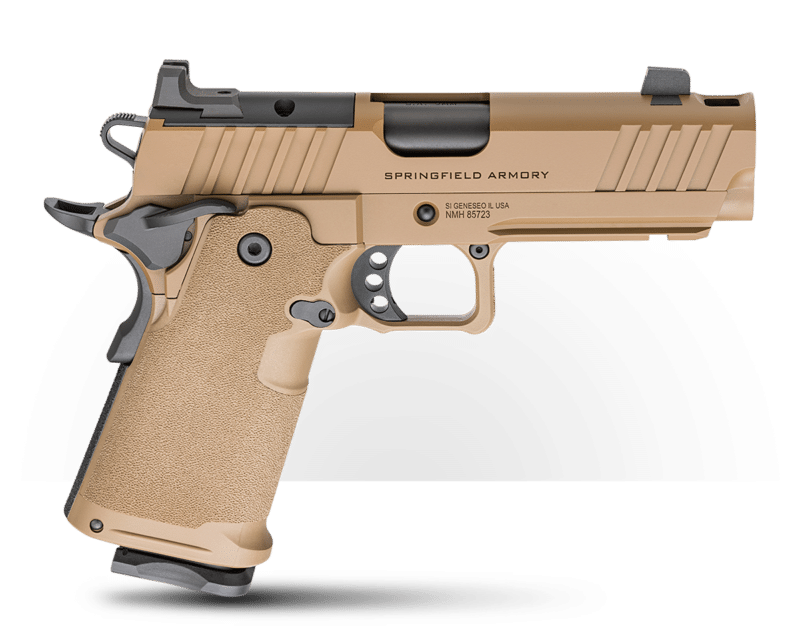The 9mm has been around a long time, starting with the Luger in 1902. It rapidly became the number one choice for submachine guns and side arms for most militaries and law enforcement around the world. It is also the most popular handgun caliber today.
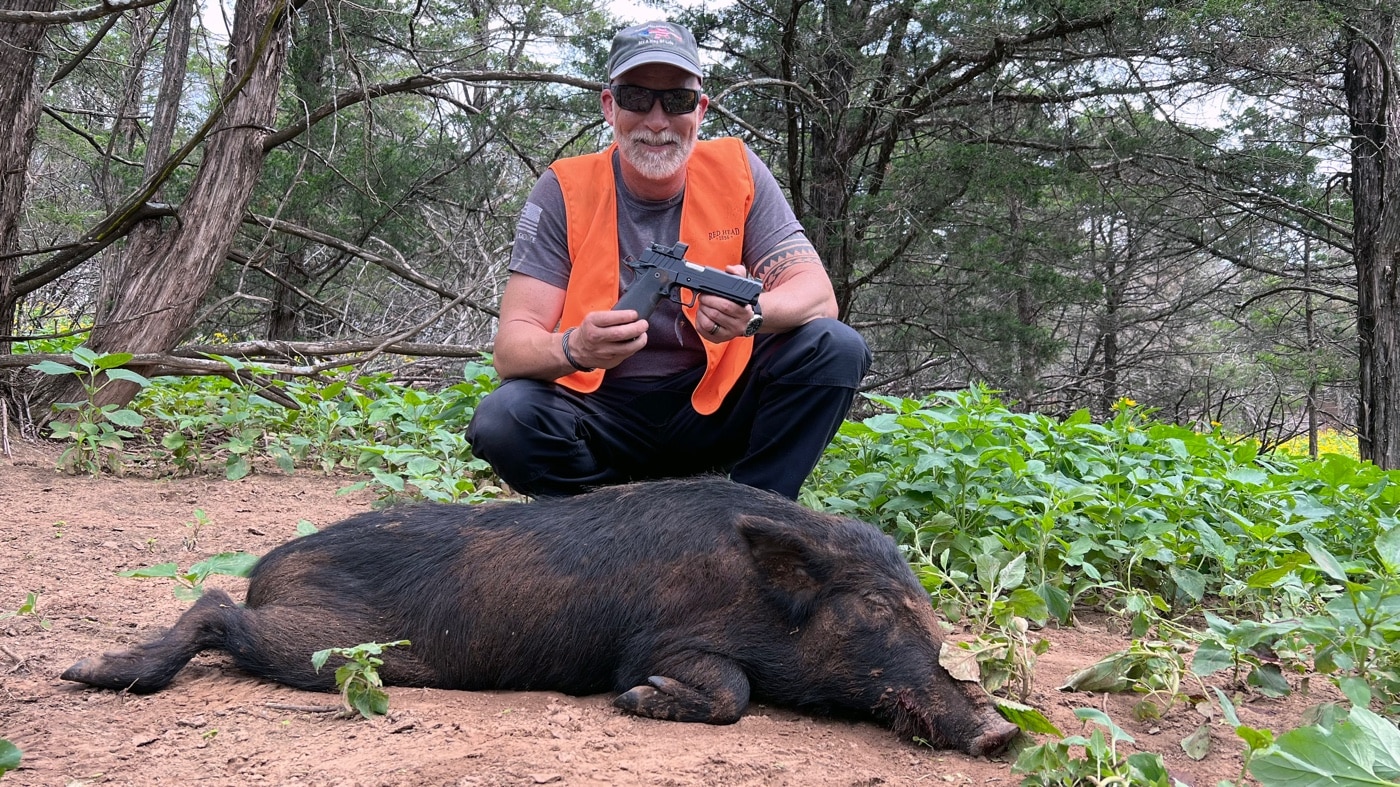
However, there has been controversy regarding the effectiveness of the 9mm over the years that really got started with a famous shooting incident known as the “Miami Shootout” in 1986 between the FBI and two armed criminals. The apparent lack of stopping power and number of shots it took to stop the assailants was the cause of this debate.
This prompted the FBI to look into the effectiveness of the 9mm and, after extensive research, they changed over to the newer .40 caliber round due to its ballistics. It delivered much more energy measured in foot pounds of pressure onto a target than the 9mm.
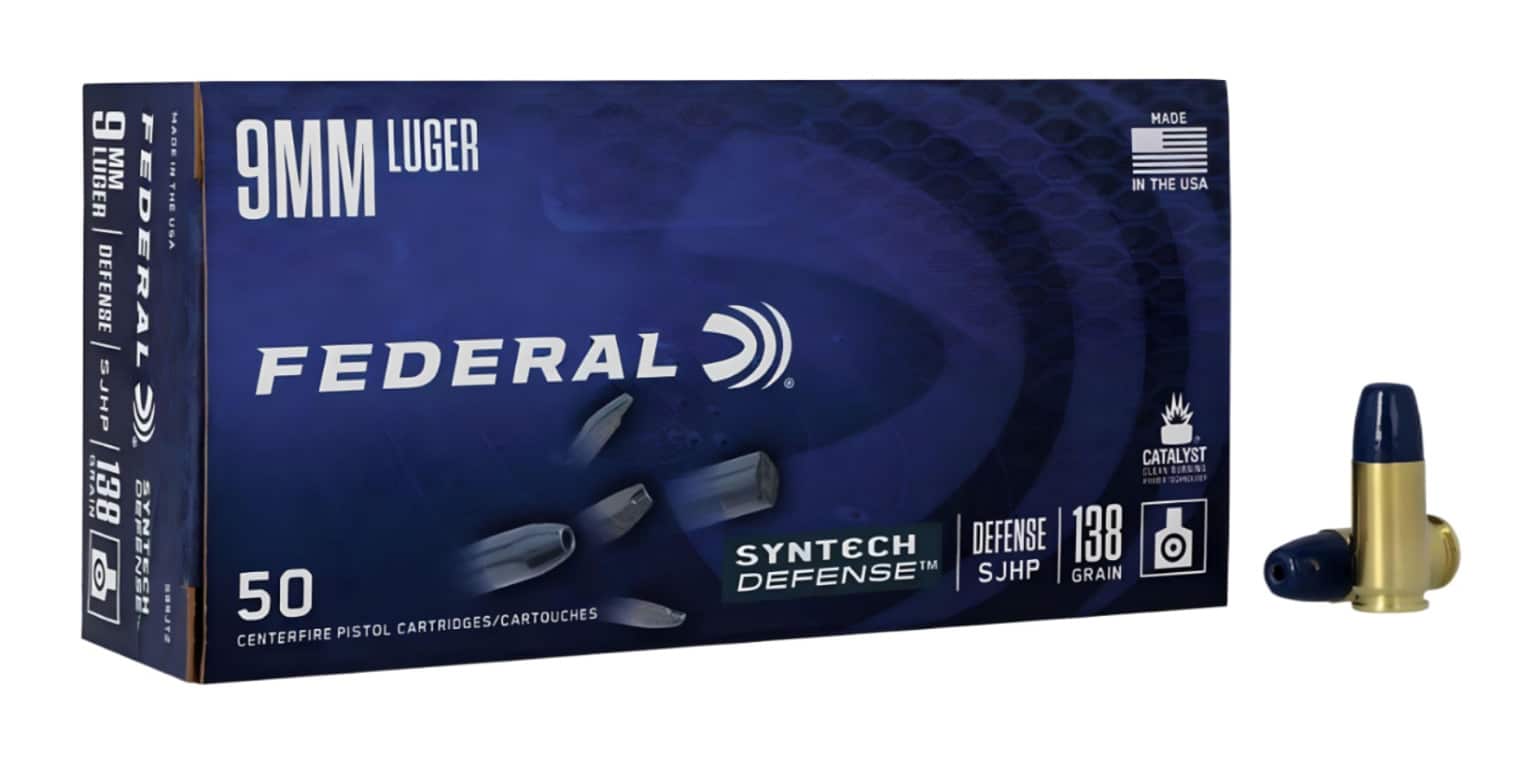
Well, with improved bullet types over those used back in the 80s, the 9mm started getting a second look. About 10 years ago, the FBI concluded that, with the right projectile, the 9mm was much more effective than the first study showed, and comparable to larger and more powerful calibers like the .40 and .45 ACP. It also had much less recoil, providing more accurate shooting and faster follow-up shots with higher magazine capacity. Thus, they switched back to the 9mm.
As technology advances, so does the innovation, ballistics, and performance of the bullets. The variety of bullet types available for 9mm is incredible. With the introduction of the +P in the 90s, the 9mm became even more powerful, allowing for faster speeds that equated to more energy on target.
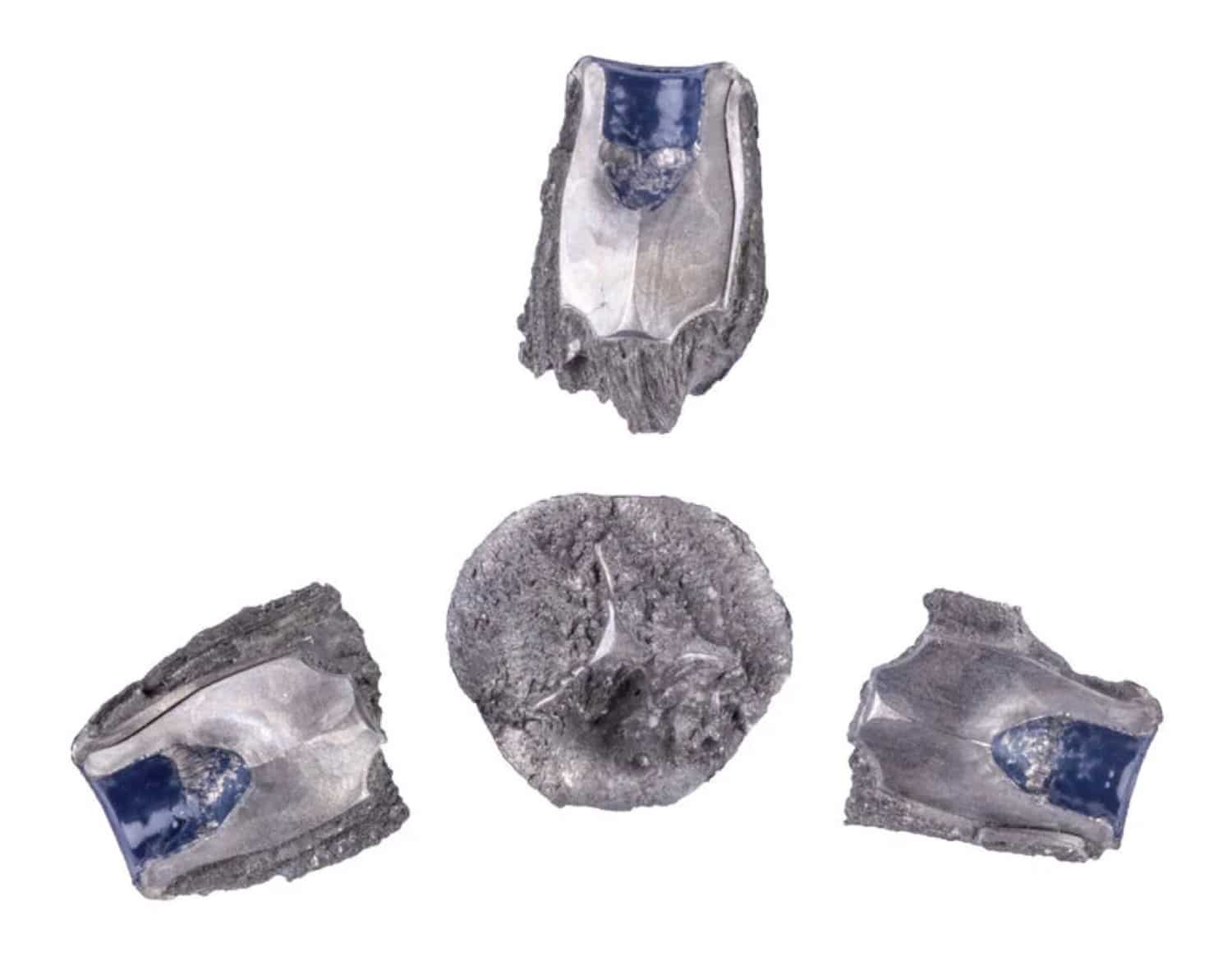
What I find interesting is, even with the advancements in bullet technology, improvements in terminal ballistics and the research the FBI conducted and the reason for them changing back from the .40 to the 9mm, there is still even today an endless debate over the 9mm and I suspect there always will be. Let’s face it, lots of folks simply love to debate.
In Practice
Now, I discovered firsthand just what a difference the type bullet makes with hunting. In many states including Nebraska, it is actually illegal to hunt with FMJ rounds. Why? Because they tend to go right through the animal, causing much less trauma (stopping power/punch) and not delivering all the energy into the target. That is also an issue for what is behind or on the other side of the animal. Interesting, right? Sounds very similar to concerns with the discussion on calibers for home and self-defense.
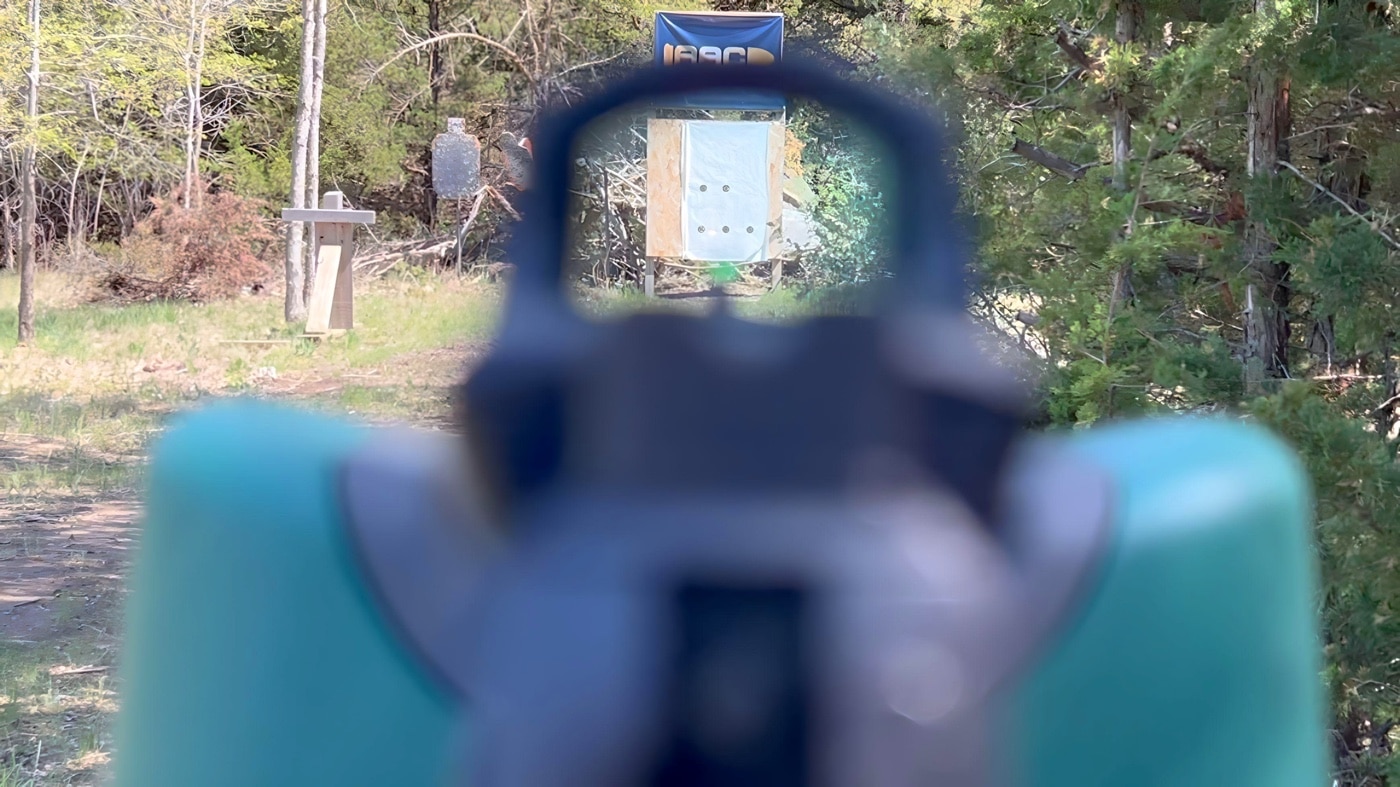
I discovered not just with the smaller calibers but the larger ones too, depending on the size of the animal, the more rapid the bullet expands the more energy is dumped into the target. This results in more trauma and more “punch”. This is why we see more and more rounds — not just pistol rounds, but rifle rounds — with bonded hollow points for hunting.
The lead is actually molecularly bonded to the outer copper jacket, preventing separation of the two on expansion. Thus, you don’t get jacket separation and the lead core moving forward and rounding out, causing less trauma. You get almost 90-100% weight retention of the bullet, which is expanded and irregular shaped, causing maximal energy transfer and much better terminal ballistics needed for hunting. My thought has been what is best for hunting can also be a great choice for self-defense in the right situation.
A New Direction
Speaking of maximizing power on target, few would argue against the fact that a shotgun is supreme for home defense. Why? Multiple impact channels from multiple projectiles. What if you could make a bullet perform like a shotgun after initial entry into the target? That is exactly the idea behind fragmenting or “segmenting” self-defense rounds like Federal’s Syntech Defense rounds.
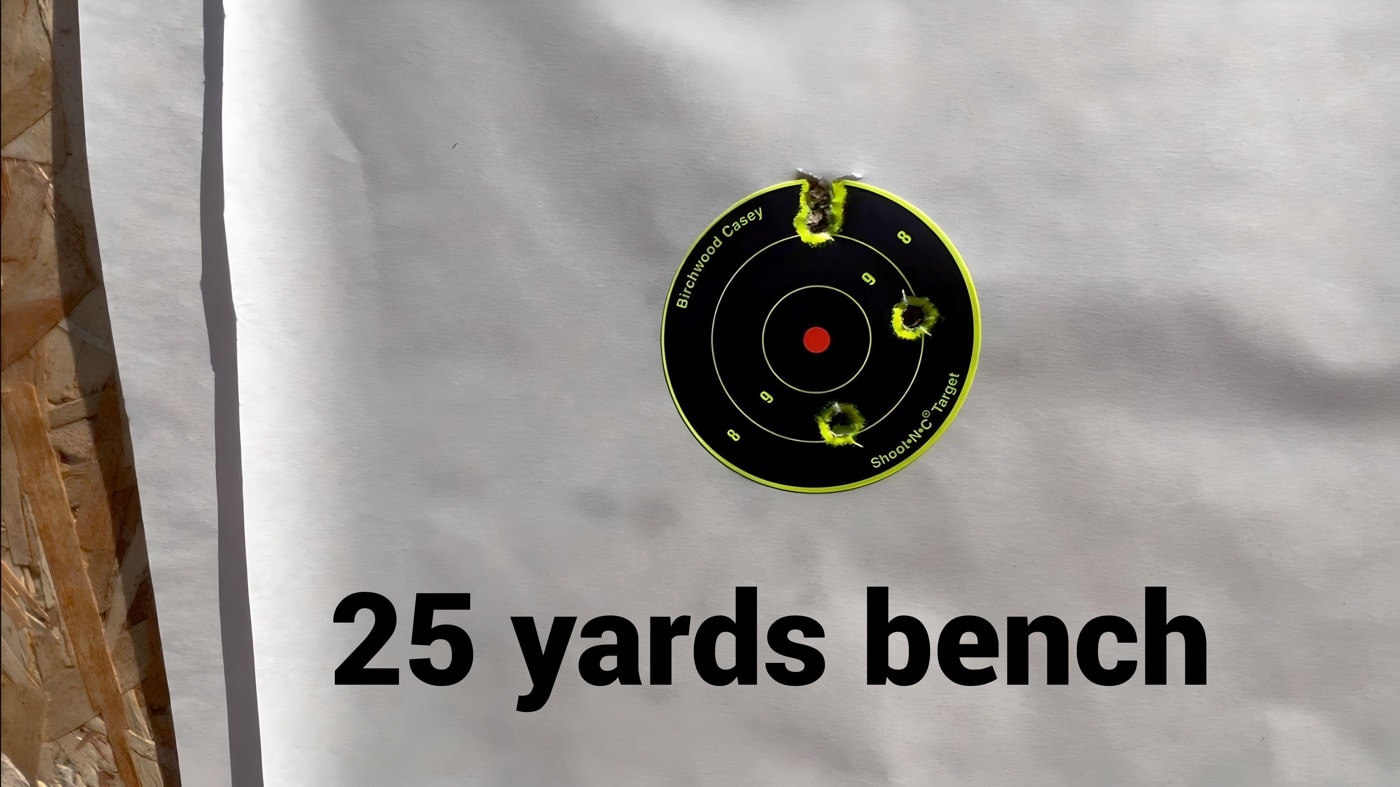
Federal was really thinking way outside of the box when they created the Syntech Defense rounds. Using advanced polymers to reduce or eliminate jacket separation, lead and copper fouling, and also reduce wear on the barrel, this type of projectile also provides dynamic and superior terminal ballistics and performance.
The all-new hollow-point bullet design separates into three equal segments upon impact, designed to penetrate more than 6” into gel and soft tissue. While the forward hollow-point segment splits into these three separate projectiles, the primary core (or “tail section”) of the bullet that contains roughly 2/3rds of the bullet’s overall weight, penetrates another 12-18” through bare ballistics gel, heavy clothing, and soft tissue.
This is designed to deliver highly effective terminal ballistics and performance. That is the FBI’s critical benchmark in self-defense situations and, in my opinion, makes this the best in terminal performance of any round in its class. You get four separate wound channels with each shot and still maintain 12-18” of penetration.
Hands-On
The proof is in the pudding, right? What better way to test this claim than take it hunting with infamously tough hogs. Now, we all know that the number one thing in effectiveness of any round is shot placement. That actually trumps everything else. Even a .22 LR will work with perfect shot placement.
To test this round, I wanted a solid and extremely accurate platform. That is why I chose to use my Springfield Prodigy that I reviewed not long ago and took out to 200 yards on steel. At 25 yards, I was able to easily put all the shots in a 3” circle. I figured at close range, that was going to be more than enough to get a good shot on a feral hog in Oklahoma. Let’s see what we can do with Federal’s Syntech Defense in the Prodigy.
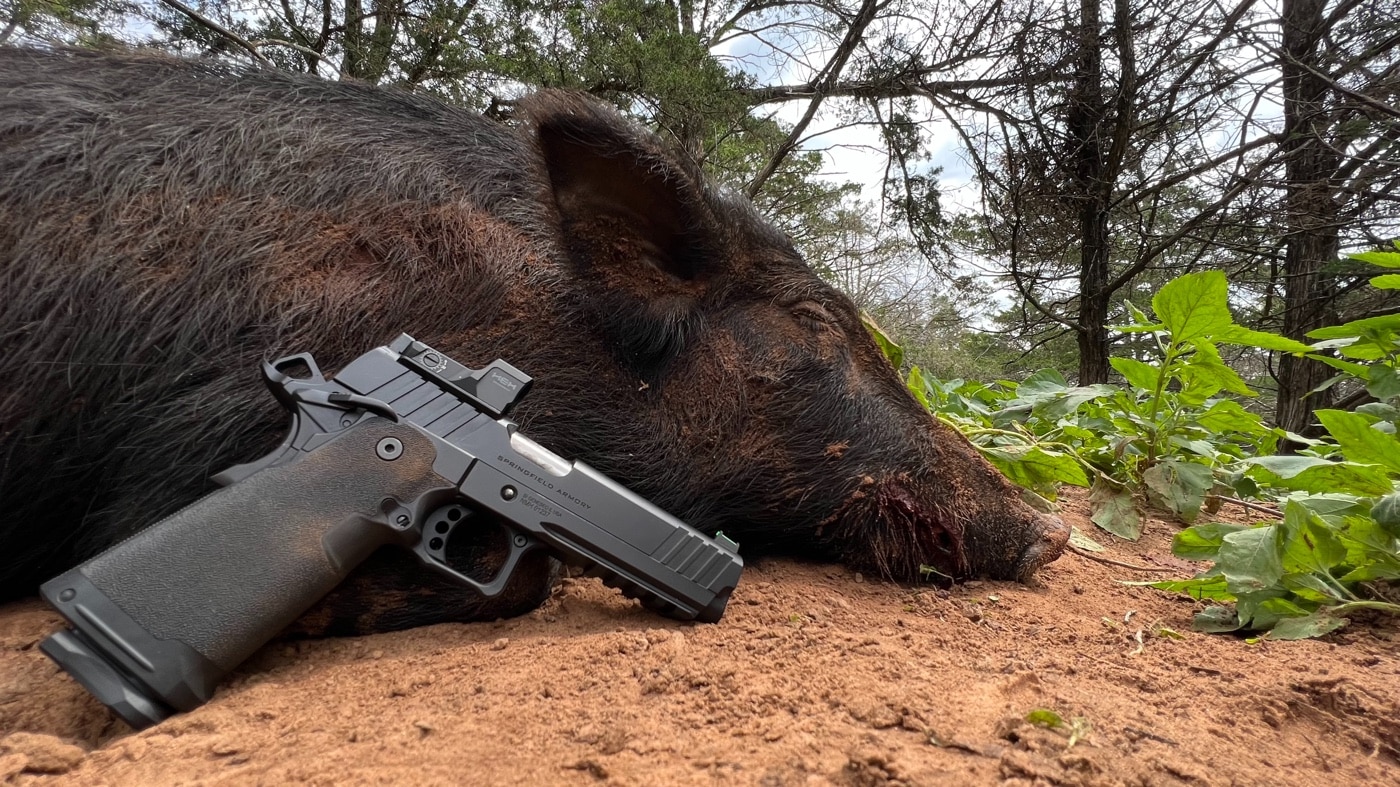
My original intent was to sit in a stand and get a close shot from a benched position. I wanted to make sure and get the most accurate shot possible. After spending the entire morning in the blind, I saw a ton of wildlife and some hogs, but not any “shooters”. I decided that I would go “stalking” with my guide Matt in-between the morning and evening blind hunt. I figured, if a good shot presented itself, I knew I could get a good shot placement. If not, I would hunt in the blind that evening.
If you have never hunted by stalking, nothing beats it. You have to be so ridiculously quiet, know the wind direction, and look for proper placement of every footstep so as not to step on a twig or branch and give you away. Make the slightest sound, and they take off running.
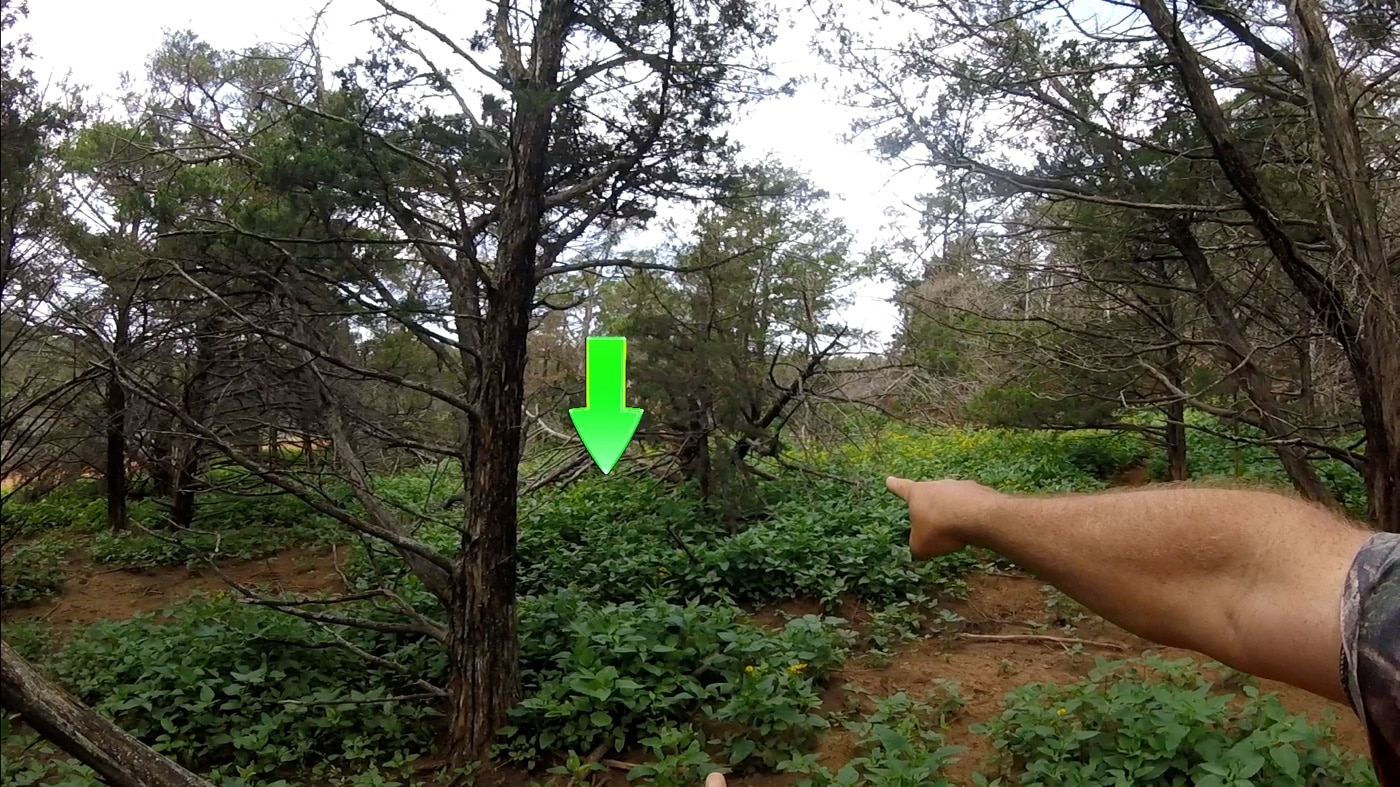
The bush was a combination of really thick brush and heavy weed patches about 2-3’ feet high with lots of game trails in and out and around fallen cedar trees. This is a perfect example of their favorite place to make a dug-out to lay in the cool dirt. There were lots of open areas under the canopy, but they like to hide in the thick cover where you cannot see them. That actually was a huge advantage because if you were quiet, you could walk right up on them. Getting a good shot without branches in the way was the real challenge.
We had stalked all of about 15 minutes when we hear these guys under a downed tree. Rarely could you tell how many hogs were there, but you could hear them and often smell them. I could see one, for sure. I took about 5-10 minutes to creep up on him, covering about 15 yards. When I got into position, he turned and looked at my while lying on the ground under the tree. After about one minute, he turned away, giving me the perfect shot from about 5 yards.
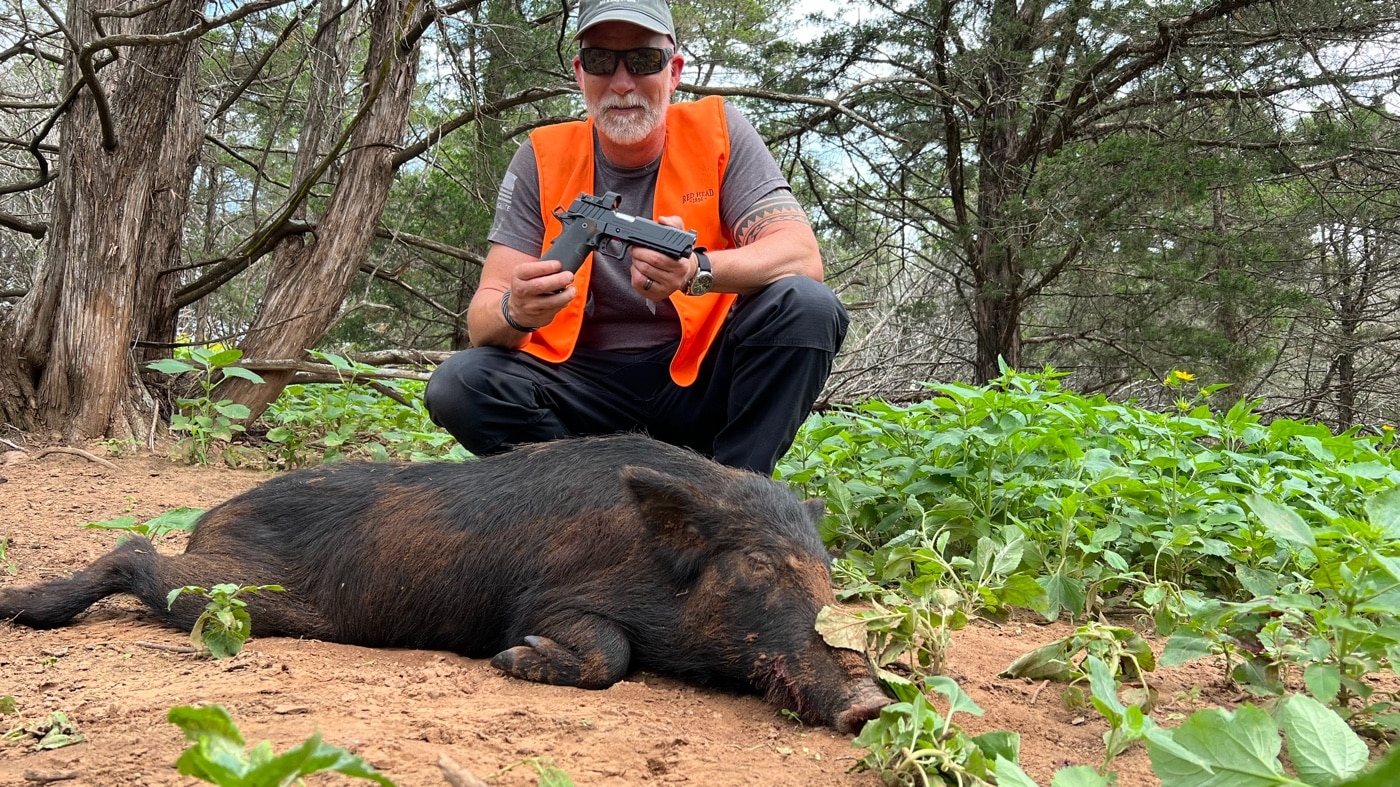
When I shot, an even bigger one right next to him jumped up and ran to the right, and another one I didn’t initially see took off to the left. My target, however, was still there. It was a perfect double lung and heart shot. Both Matt and I were extremely impressed, as even using high-powered rifles on these hogs often result in them running as far as 100 yards or more.
Conclusion
When we processed him, we were shocked by what the Syntech Defense round did. It was a typical entry wound in the right shoulder. But just after going through the shoulder, the round opened and segmented, making a hole going into the thoracic cavity about 2″ in diameter. It just obliterated the lungs and went through the heart.
The core went out the other side, going through the left shoulder. We found one of the petals in the heart and another, later, in the ribs. The round did both exactly what it claimed and what I expected based on my own ballistics tests in the past. This is why Federal’s Syntech Defense is my #1 choice for self-defense and is in all my EDC guns.
Please be sure to check out The Armory Life Forum, where you can comment about our daily articles, as well as just talk guns and gear. Click the “Go To Forum Thread” link below to jump in and discuss this article and much more!
Join the Discussion
Featured in this video
Continue Reading
Did you enjoy this video?

 66
66




